
Although Comic-Con International is the biggest Entertainment and Media convention in the USA now, 50 years ago it was starting as something completely new and untested. And after many years of trial and error, the convention grew to a point that it’s now considered the one convention every comic book geek must go to at least once, where studios present their upcoming projects, and even anime and manga have made their niche there. But today, we’re going to talk about a side of Comic-con that one usually doesn't see: What does it take to make Comic-con International the biggest event in the USA?
Basic Info:
| WEBSITE | http://comic-con.org |
|---|---|
| When it Established | Comic-Con opened its doors for the first time in 1970, so this year all fans celebrated its 50th anniversary. |
| Length of Event | The Convention officially lasts four days with a “preview” night. However, official “off-site” events can start a week before the con itself, and there’s now a Comic-con museum with different exhibits and activities all year round. |
| Place/Location | The Convention’s sales floor and main panels are hosted at the San Diego Convention Center, but there re also off-site events organized at Petco Park, the Petco Park Parking lot, the Children’s Museum, the Hilton Bayside, the Marquis Marriot, the San Diego Downtown Public Library, the San Diego Comic-Con Museum and the BarrioHaus in Barrio Logan. Besides the official off-site event, there are many parties, mini conventions, and activations that don’t always require a badge all over the City. |
| COST | Badges for Thursday, Friday, and Saturday were $66.00 each for adults; $33 for juniors 13 to 17 as well as U.S. Military and people older than 60; while Sundays were $45 for adults and $22 for everyone else. If you can get badges for the four days, there's an option to buy preview night badges at $48.00 for adults and $24.00 for the rest. Children younger than 12 always have a free badge as long as they are with a paying adult. |
| Hotels | Practically every hotel, hostel, B&B, and Airbnb space is available for Comic-con, which means that, unless you want to test your luck in the official lottery of the event that may give you a room in one of your 6 hotel choices, you should start considering booking a room after you read this article. Just remember, prices on those days will always go higher than usual and may have different cancellation policies. |
Company/Event Message for Fans/Attendees
Comic-Con International, San Diego, is dedicated to creating an appreciation for comics and related popular art forms.
What to Expect
If you are an old-time fan, you know that, deep down, all big conventions have certain things in common: The panels, the celebrities, the big company booths where you get freebies and photo opportunities, and the Artist Alley; and what makes each convention unique are the people that fill those slots. Comic-con has all those things and two film festivals, special programming for Educators, and an Art Show for crafters and artists that may not fit in the Artist Alley. So if you want to be part of the convention, there are many ways. And if you think you want to participate but aren’t ready for the spotlight, Comic-con opens their submissions for volunteers early on.
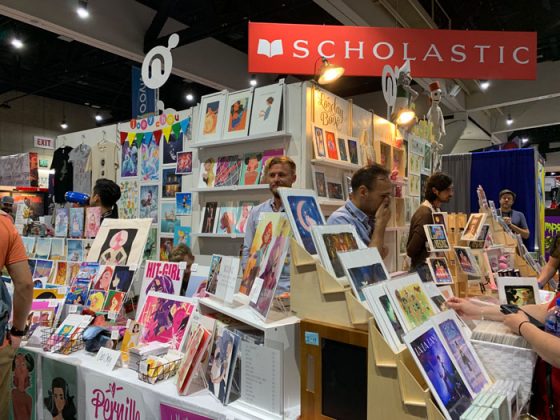
For many panels and exclusives, people may line up from as early as the day before. Being part of the Artist Alley is a bit like lining up for all the exclusives, as everything has to be ready at least half an hour before the convention attendees arrive. It may sound easy compared to camping out at 3:00 a.m outside the convention center, but when you are sleep deprived, or worse, decided to man a table and still try your luck with the exclusives and thus camped out with everyone else, being awake and ready may require huge amounts of coffee.
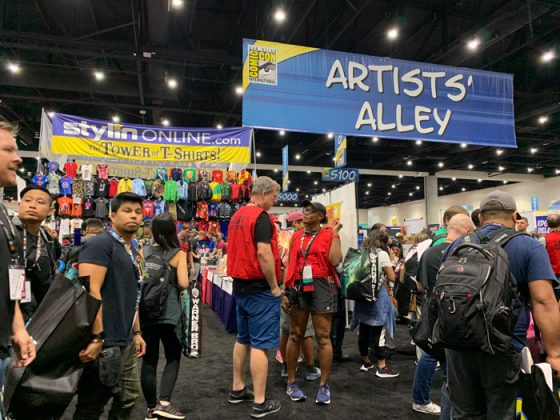
Getting a table in the Artist Alley is really hard, but not impossible. Of course, it’s one of the most sought-after events in the West Coast, so the waiting list may span a couple of years, but if you’re constant and your work is good, you’ll get your chance. A word of warning: the idea of getting a table just to be able to get in and enjoy the convention is not a good one. It may work, but it will only work once. Volunteers check the Artist Alley constantly and mark those tables that are empty without a good reason like giving a panel or a quick trip to the bathroom.
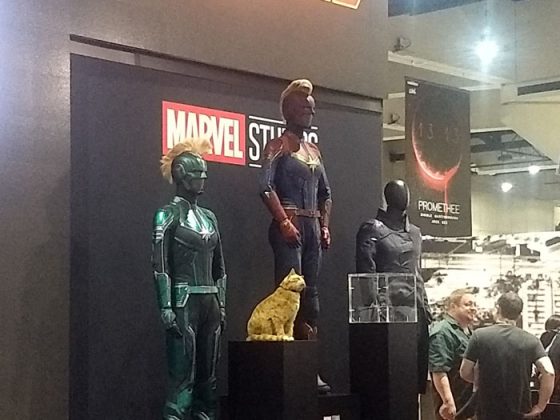
One of the things that con-goers hate the most is, of course, the lines. We all hate lines, honestly, because it's impossible not to feel like you may be missing something cool while waiting for everyone in front of you to move. But the lines are there for a reason, to control the huge quantity of people and make sure everyone has the same chance to meet the artist they want, buy the merchandise that is not exclusive or part of a lottery, and enjoy the con. On the artist side, we have to say there's a bit of an ego boost when you realize that San Diego Comic-con prepares "Line for X starts here" for every artist they table, even if they're complete unknowns on their first con. Sure, the sign may not get used, but it's good to know that they consider everyone equal.
Panels and Workshops
If you ever wonder about how the Convention decides on more than 150 panels to offer, most of them are volunteered by the different studios, publishing houses, and panelists themselves and the Convention has a special committee ready to pick those who will be accepted. This requires a high level of organization as they may not have to worry about thinking of the subjects for the panels, but they have to make sure everything fits into a schedule, that all panels have confirmed guests that will arrive on time, and, with the new off-sites that aren’t at a walking distance from the Convention Center, arrange shuttles for panelists and attendees alike. Speaking of off-sites, this year saw the inauguration of two: The Comic-con Museum that opened with a great Batman exhibit and a Her Universe retrospective, and the BarrioHaus art house at Barrio Logan, which was made specifically to open up a venue for the Latinx community of San Diego to have workshops about comics, cosplay, gaming and pop-related media during the year. The Museum is already open to the public, but the BarrioHaus this year only opened 3 hours every day for a set of panels dedicated both to Diversity in general and more specifically to the Latin American experience in Pop Culture.
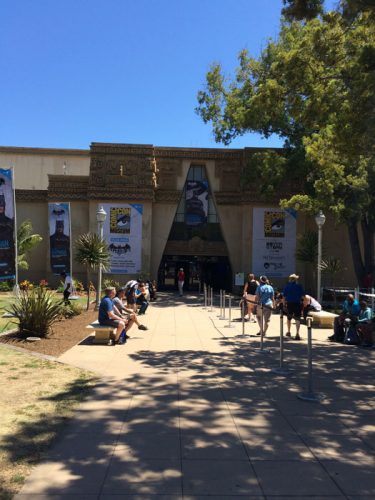
It was interesting to see many of the promises made in panels and to con-goers through the convention mail-list fulfilled this year. While it's still hard to get to any offsite when you're not a panelist, the program was clearer on what was happening where so many attendees could pace themselves better and plan their day. We still have a huge choice of panels that mean that, no matter what, you will have to make hard choices—and from behind the scenes, this means you may miss a panel you really want to see because it's at the same time you're giving one—but this time it was a lot easier to program said choices when we saw how certain subjects were paired in the same room, making the chances of having two or three panels we loved in a row higher.
Cosplay
[three_images_in_row image1='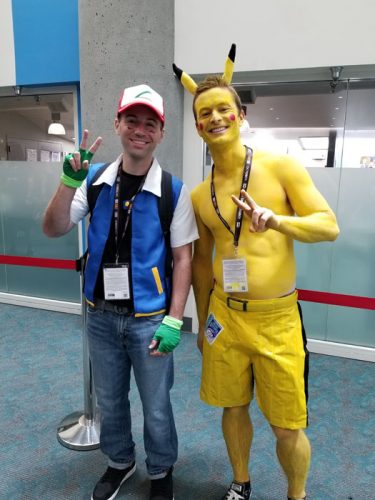 ' image2='
' image2=' 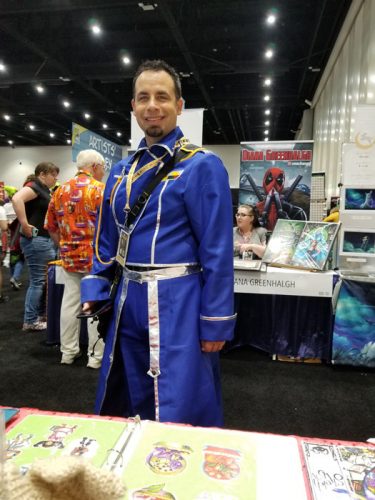 ' image3='
' image3=' 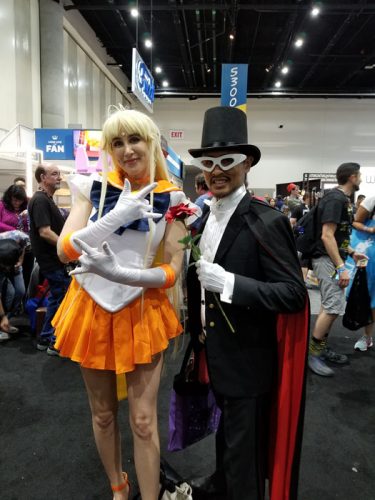 '] [three_images_in_row image1='
'] [three_images_in_row image1=' 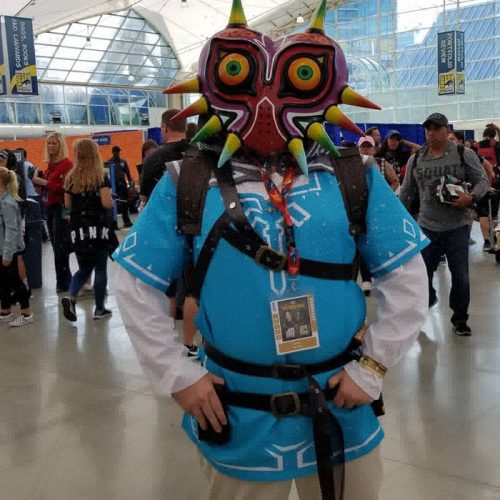 ' image2='
' image2=' 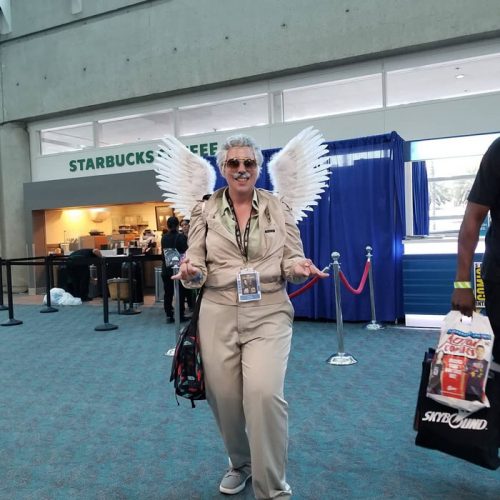 ' image3='
' image3=' 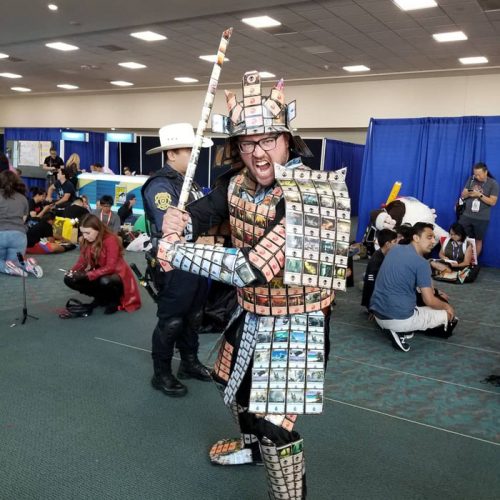 ']
']
The big disadvantage of being in a booth or table at a convention as big as Comic-con is that you don’t get to see every cosplayer other attendees see. On the other hand, if your booth is popular enough, cosplayers may come to you. This year, the most common ones were from the USA series Stranger Things, but on the anime side, we saw practically every single Boku No Academia hero, villain, and incidental—At one point, we could spot a mother and her toddler son cosplaying young Deku and his mom, for example. There were, as always, very inspiring Pokemon combinations and, if you were outside at the right time, Pokemon Go Pokestops. Comic-con is not anime-focused, but that also means some classics never disappear, such as Sailor Moon, Dragon Ball, or Ranma, while newer shows like Dr. Stone take a little bit longer to get their roots in.
Final Thoughts
Comic-Con International announced this year that they will be staying in San Diego for at least another four years, which means that the city really wants the convention to grow and is accommodating them instead of risking losing the venue. While, for some, the fact that it was the 50th anniversary seemed a little low key—most of the attention for the celebration was in the Souvenir Book, and the exclusives that were pre-sold weeks before the con—in the end, it was again a great experience for both attendees, artists and con staff. So here's for the next 50 years of San Diego Comic-Con.
[author author_id="071" author="" translator_id=""]
Add Comments